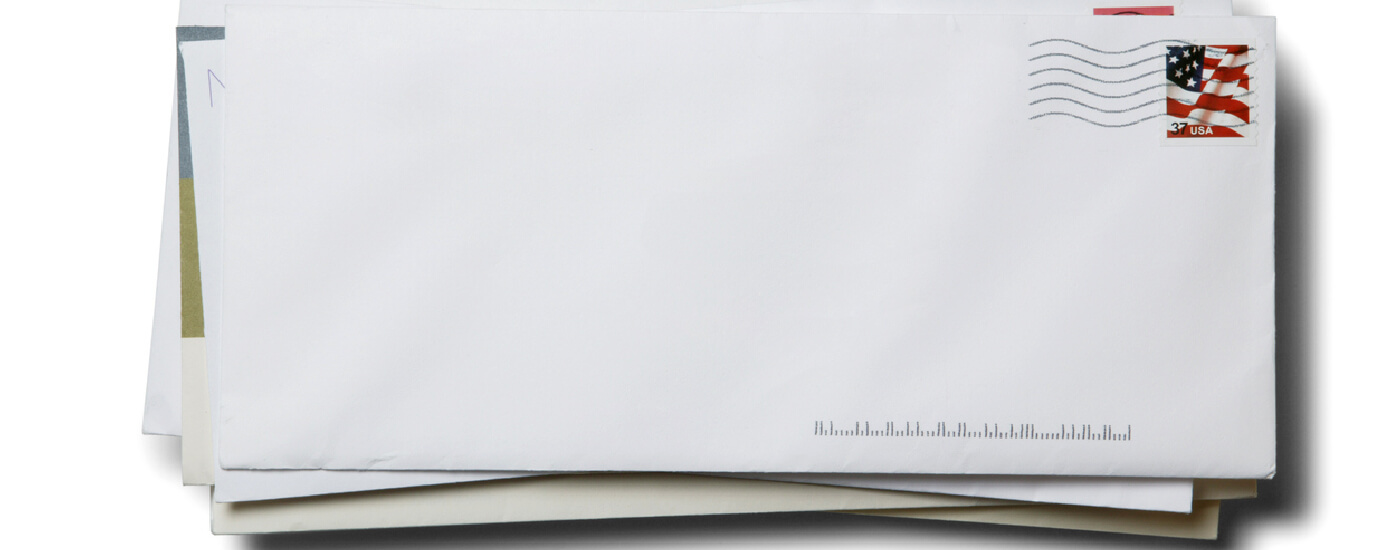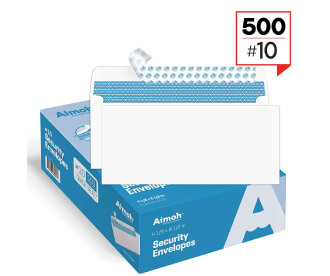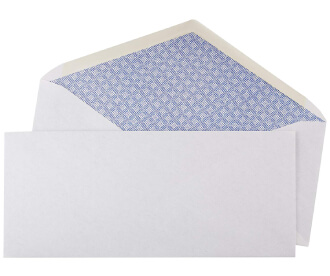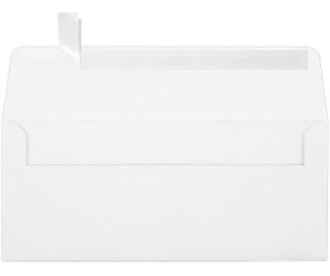The Best Envelopes
Expert BioExpert Bio
When you first start the process of purchasing an envelope, you will very quickly find that there are countless different types, sizes, colors, and textures to choose from. There are so many choices that it can quite quickly become overwhelming to figure out what is the right choice for your specific wants and needs.
The easiest way to avoid this is to use a standard #10 envelope for your business mailings. This is the most common size envelope used today, and is the easiest to find. A #10 envelope is 4-1/8” tall and 9-1/2” wide. This envelope can easily hold 1 – 10 pieces of 8.5” x 11” paper. This is usually sufficient for most mailings, which is why this is the envelope standard most people abide by with regards to their business mailings.
Another feature that needs to be carefully considered is whether or not you have a need for a security filter to protect the information contained in the envelope. This filter has a special print that is on the inside of the envelope and prevents people from looking through the envelope and stops them from seeing what you are mailing. If you are dealing with sensitive materials, like financial statements, medical information, and other personal details, then a security tint may be desirable to ensure that your contents stay safe and secure.
Flap style and seal method also have to be taken into consideration. If you are doing mass mailings or using automated sealing methods, you will want a simple flap design and a traditional moisture seal setup. If you do not mind sealing by hand, then you can opt for a fancier flap design or a moisture-free peel and stick sealing method. Many people loathe the taste of envelope glue and want a faster and more sanitary way to seal their envelope, so they go with a peel and stick envelope design.





